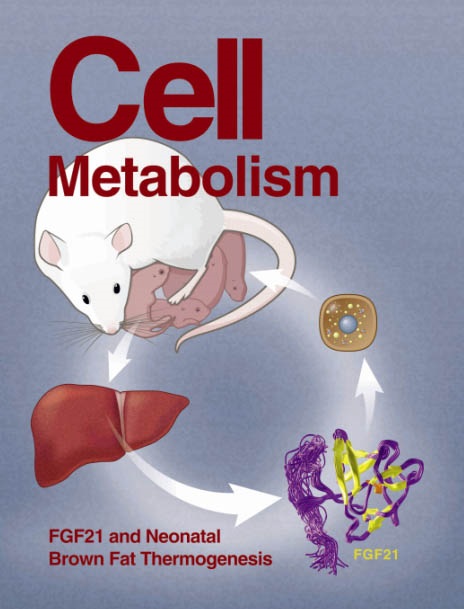Brain dopamine responses to ultra-processed milkshakes are highly variable and not significantly related to adiposity in humans
IF 27.7
1区 生物学
Q1 CELL BIOLOGY
引用次数: 0
Abstract
Ultra-processed foods high in fat and sugar have been theorized to be addictive due to their purported ability to induce an exaggerated post-ingestive brain dopamine response akin to drugs of abuse. Using [11C]raclopride positron emission tomography (PET) displacement methods used to measure brain dopamine responses to addictive drugs, we measured striatal dopamine responses beginning 30 min after ingesting an ultra-processed milkshake high in fat and sugar in 50 young, healthy adults over a wide body mass index (BMI) range (20–45 kg/m2). Surprisingly, milkshake consumption did not result in a significant post-ingestive dopamine response in the striatum (p = 0.62) nor in any striatal subregion (p > 0.33), and the highly variable interindividual responses were not significantly related to adiposity (BMI: r = 0.076, p = 0.51; % body fat: r = 0.16, p = 0.28). Thus, post-ingestive striatal dopamine responses to an ultra-processed milkshake were likely substantially smaller than for many addictive drugs and below the limits of detection using standard PET methods.

脑多巴胺对超加工奶昔的反应是高度可变的,与人类肥胖没有显著关系
高脂肪和高糖的超加工食品被认为是令人上瘾的,因为它们据称有能力在摄入后诱导夸张的大脑多巴胺反应,类似于滥用药物。使用[11C]raclopride正电子发射断层扫描(PET)位移法测量脑多巴胺对成瘾药物的反应,我们测量了50名年轻健康成年人在摄入高脂高糖超加工奶昔30分钟后纹状体多巴胺的反应,他们的身体质量指数(BMI)范围在20-45 kg/m2之间。令人惊讶的是,饮用奶昔并没有导致纹状体(p = 0.62)或任何纹状体亚区(p >;0.33),高度可变的个体间反应与肥胖无显著相关(BMI: r = 0.076, p = 0.51;%体脂:r = 0.16, p = 0.28)。因此,摄取后纹状体多巴胺对超加工奶昔的反应可能比许多成瘾药物的反应要小得多,并且低于标准PET方法的检测极限。
本文章由计算机程序翻译,如有差异,请以英文原文为准。
求助全文
约1分钟内获得全文
求助全文
来源期刊

Cell metabolism
生物-内分泌学与代谢
CiteScore
48.60
自引率
1.40%
发文量
173
审稿时长
2.5 months
期刊介绍:
Cell Metabolism is a top research journal established in 2005 that focuses on publishing original and impactful papers in the field of metabolic research.It covers a wide range of topics including diabetes, obesity, cardiovascular biology, aging and stress responses, circadian biology, and many others.
Cell Metabolism aims to contribute to the advancement of metabolic research by providing a platform for the publication and dissemination of high-quality research and thought-provoking articles.
 求助内容:
求助内容: 应助结果提醒方式:
应助结果提醒方式:


